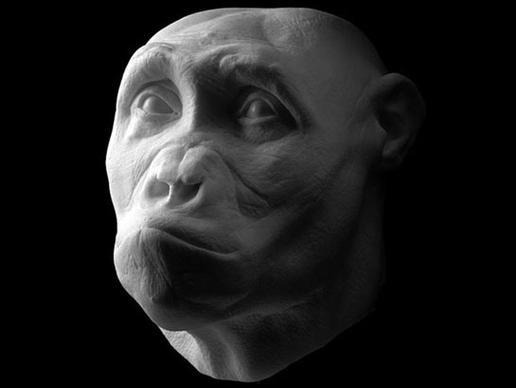Paleontologists Reconstruct 6.8-Million-Year-Old Half-Human, Half-Ape
A species known as Australopithecus sediba were half-human, half-ape creatures that roamed South Africa around two million years ago, and paleontologists have been studying them for quite some time. However, scientists at the Senckenberg Research Institute used high-tech methods to reconstruct 27 model heads based on bone fragments, teeth, and skulls collected from around the world. The earliest model dates back 6.8 million years ago.
These creatures had traits of both humans and apes, including the head, face, pelvis, and legs like a human being, but arms and other facial details similar to an ape. These creatures ate mostly vegetables, and like many apes and monkeys today, they spent a lot of their time hanging and swinging in trees.

What's most fascinating about the Australopithecus sediba species is that they're a great example of demonstrating human evolution, and they're the species that are most similar to homo sapiens. The species shows that there was an interesting mix of primitive ape-like traits and derived human traits. The reconstructed faces do a good job at demonstrating these different traits that were shared.
The scientists also note that most of human evolution took place in Africa, but studies have not yet concluded exactly where in Africa the hotbed for human evolution was. Some species have been discovered in South Africa, like Australopithecus sediba, but other more-recent species were discovered in northern Africa.
[via Discovery News]
